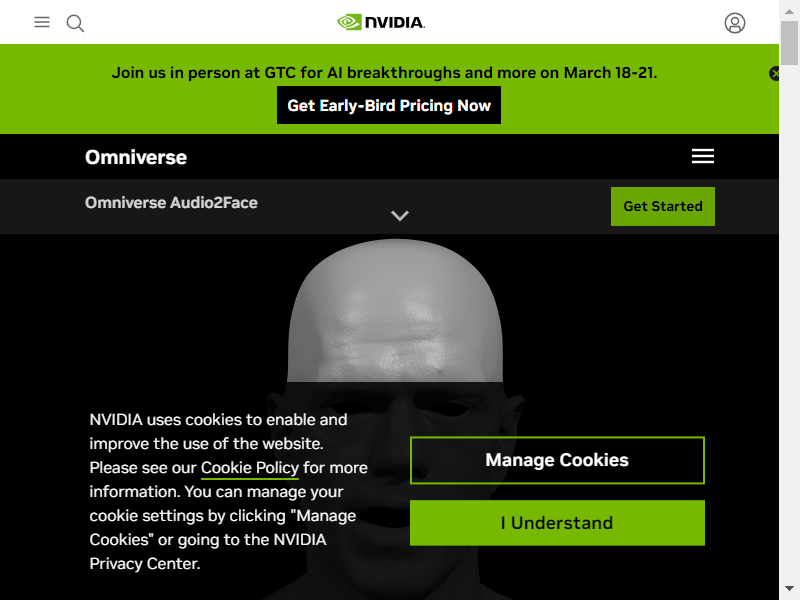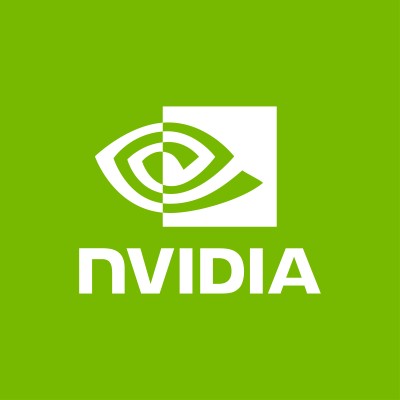
We envision a future transformed by accelerated computing where AI and high-performance graphics fuse seamlessly to unlock unprecedented innovation. NVIDIA exists to redefine computational possibilities through groundbreaking GPU technologies that empower creators, researchers, and industries worldwide.
Our mission is to drive computing into new frontiers by pioneering platforms like CUDA and Omniverse that enable complex simulations, AI training, and immersive experiences at scale. We see a world where technology enhances every facet of life through intelligent automation, real-time visualization, and collaborative digital ecosystems.
By harnessing the power of AI, edge computing, and real-time ray tracing, NVIDIA is building foundational tools that will shape the future of gaming, healthcare, automotive, and scientific discovery, inspiring a smarter, more connected planet.
Our Review
We've been watching NVIDIA since the days when it was just "that graphics card company," and honestly, what Jensen Huang and his team have pulled off feels almost too good to be true. Starting as three engineers with a $20 million dream in 1993, they've somehow managed to position themselves at the center of every major computing revolution of the past three decades.
The numbers alone are staggering — we're talking about a company that went from making gaming graphics cards to powering 40,000+ companies' AI initiatives. But what really caught our attention isn't just the trillion-dollar valuation or the 130+ billion in annual revenue.
The Accidental AI Empire
Here's what's fascinating: NVIDIA didn't set out to become the backbone of artificial intelligence. They invented the GPU in 1999 to make video games look prettier, but that same parallel processing power turned out to be exactly what AI researchers needed decades later. It's like building a race car and discovering it's also perfect for time travel.
The CUDA platform they launched in 2006 was the real game-changer. By opening up GPU computing beyond graphics, they essentially handed scientists and developers a supercomputer on every desk. We can't think of many companies that accidentally revolutionized an entirely different industry.
Beyond the Hype Machine
While everyone's talking about AI chips, we're impressed by how NVIDIA has diversified without losing focus. The Omniverse platform for digital twins, Jetson for edge computing, RTX for real-time ray tracing — these aren't just buzzword products. They're solving real problems for actual customers.
Take their automotive work: they're not just building self-driving car chips, they're powering the entire data center infrastructure that trains those vehicles. That's the kind of end-to-end thinking that separates market leaders from followers.
Who Should Pay Attention
If you're in gaming, AI development, or any field touching high-performance computing, NVIDIA isn't optional — it's essential infrastructure. Their 6 million-strong developer community and 27,000 startups in their Inception program tell the story better than any marketing campaign could.
But here's our take: even if you're not directly in tech, understanding NVIDIA means understanding where computing is headed. When over 200 million people are using your graphics cards and your chips are training the AI models everyone's talking about, you're not just a company anymore — you're a platform that others build on.
GPU Technology for gaming and professional use
NVIDIA CUDA parallel computing platform
Real-time ray tracing with NVIDIA RTX
NVIDIA Omniverse for 3D simulation and collaboration
Edge AI computing with NVIDIA Jetson
AI and HPC platforms for AI model training and supercomputing








